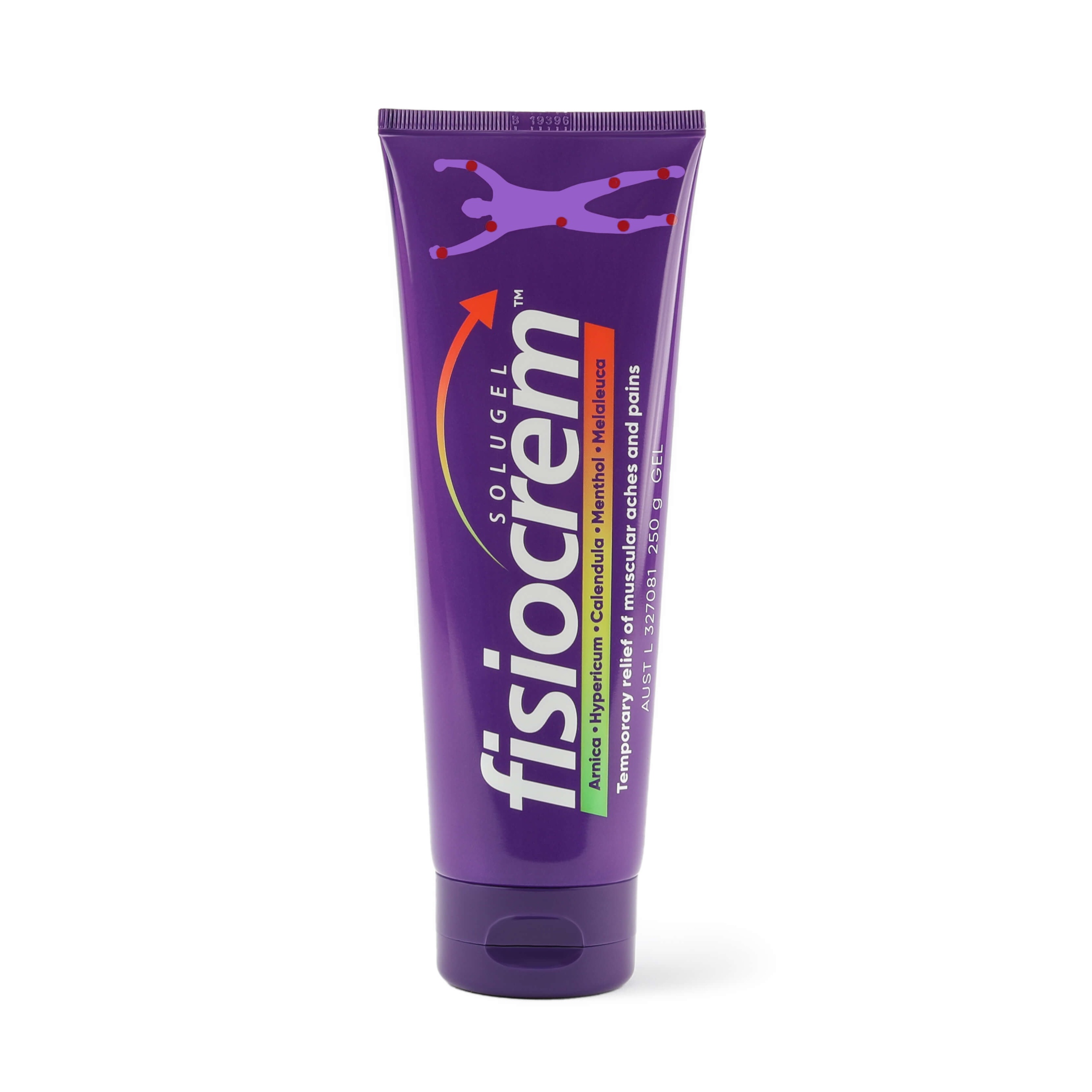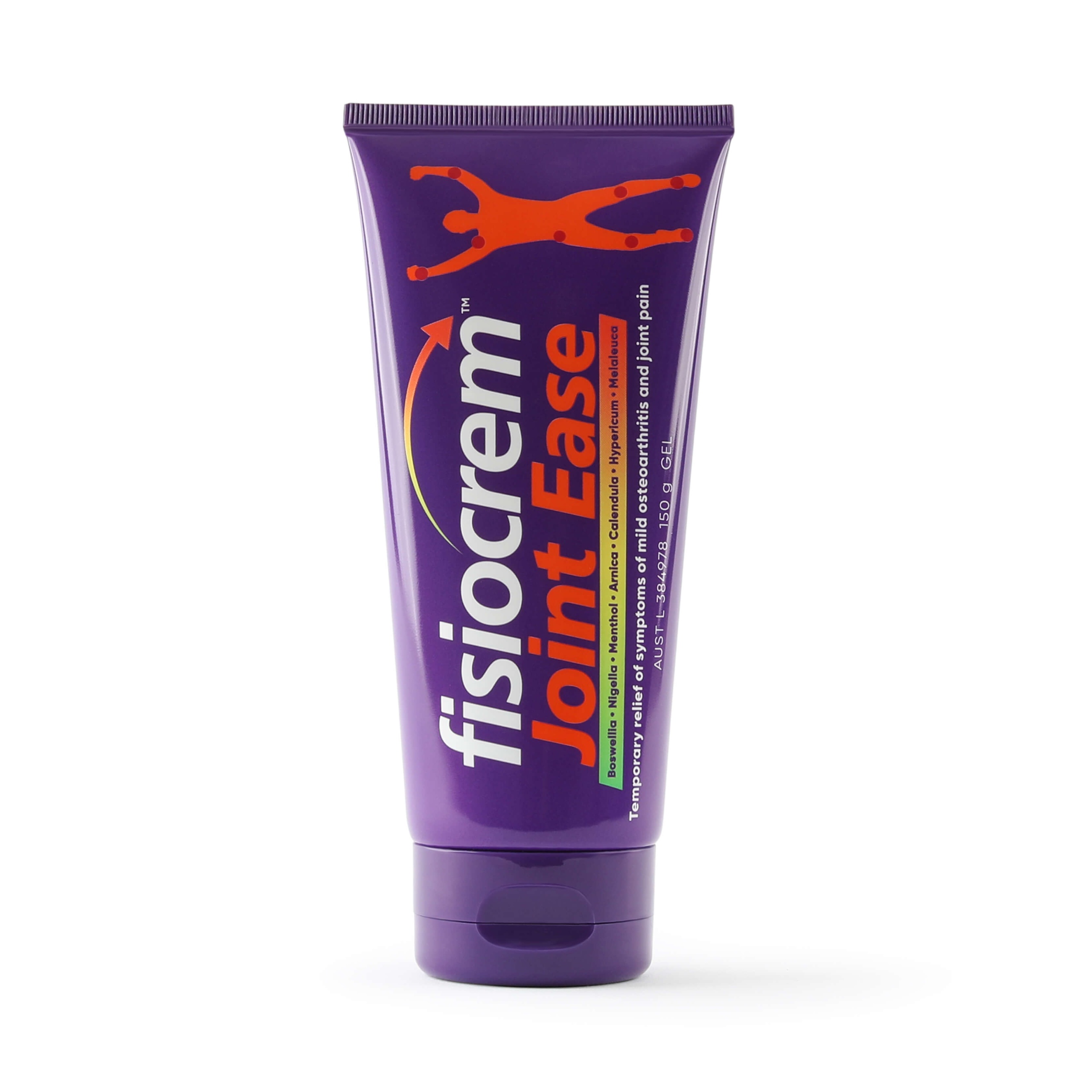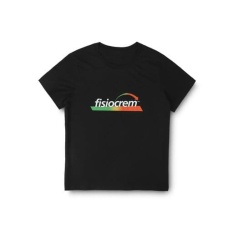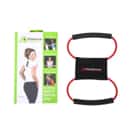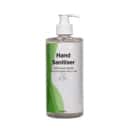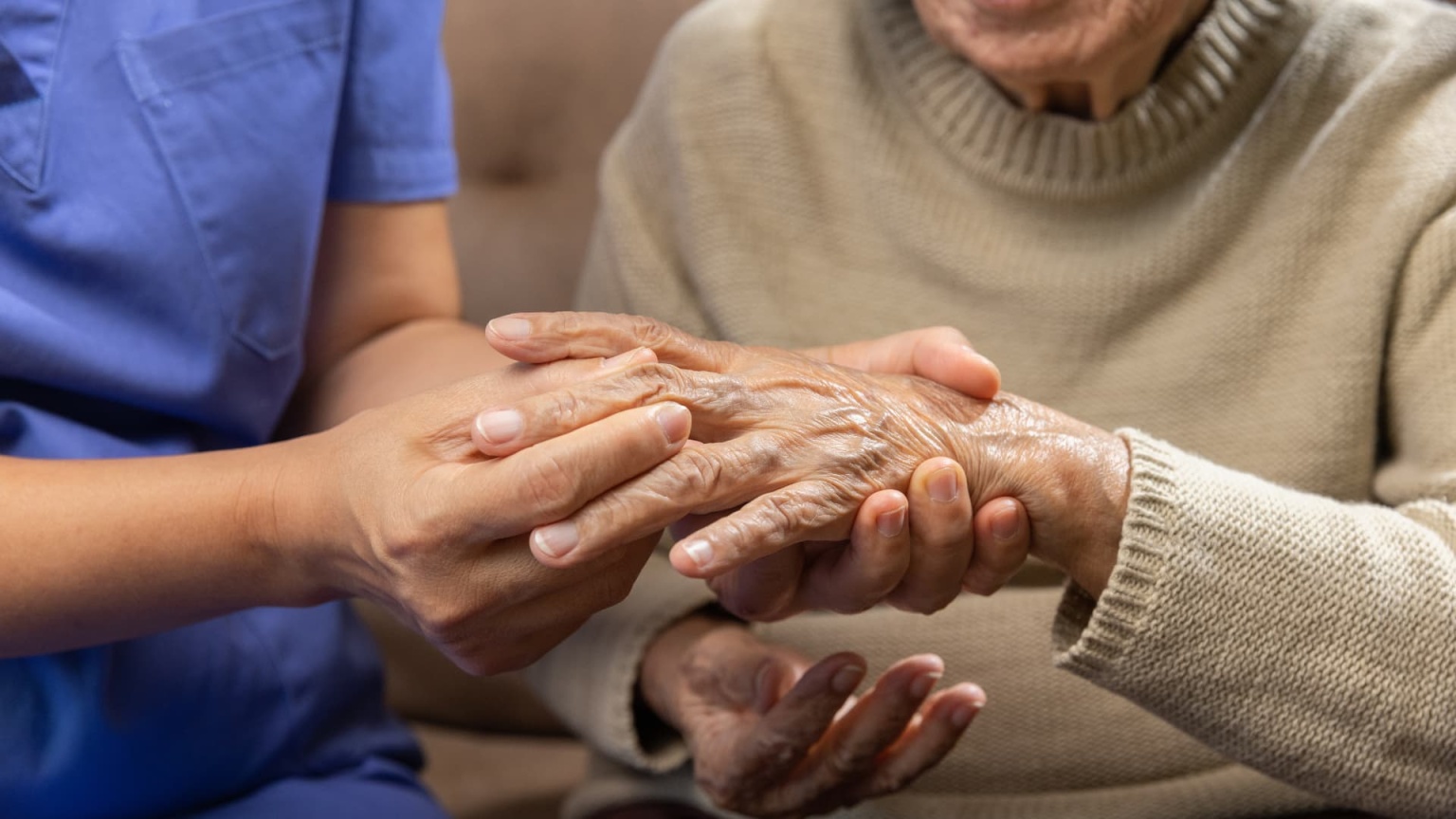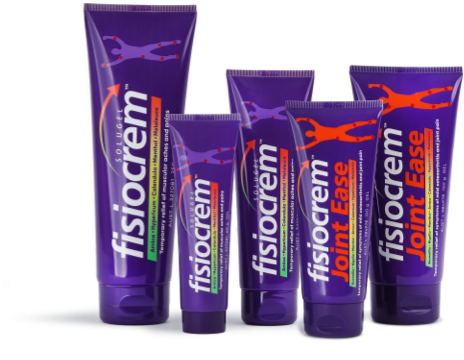Seasonal Changes and the effect on mild arthritis
Seasonal changes can indeed have a profound impact on individuals with mild arthritis and mild osteoarthritis (Mori et al. 2019). Different weather conditions, such as temperature, pressure, humidity, sunshine, clouds, wind, and rain, can affect mild arthritis symptoms. Therefore, adapting lifestyle strategies to manage mild arthritis effectively throughout the year is important (Iikuni et al. 2007).
As winter sets in, many patients experience a noticeable uptick in musculoskeletal symptoms. This increase in discomfort because of the cold weather, can trigger muscle spasms and reduce blood circulation, causing joint pain and stiffness (Mori et al. 2019). Research shows that colder temperatures can increase pain levels and stiffness in joints (Aikman, 1997).
Understanding the effect of seasonality on joint pain is integral to developing effective management strategies (Mori et al. 2019).
In this article, we’ll explore the intricate relationship between cold weather and mild arthritis, offering practical tips to help you navigate the winter season with greater comfort. We will also introduce you to fisiocrem Joint Ease. A topical solution that helps with mild osteoarthritis, mild arthritis, mild joint pain, and inflammation.
Understanding Cold Weather & Mild Arthritis:
Cold weather can be particularly harsh on those with mild arthritis, intensifying pain and stiffness associated with the condition. The physiological response to cold temperatures plays a significant role in aggravating symptoms.
When exposed to cold air, our blood vessels constrict, reducing blood flow to the extremities of the body such as the hands and feet. The decrease in temperature can increase sensitivity and pain causing the joints to feel stiffer (Cheung, 2015).
Additionally, fluctuations in barometric pressure, often accompanying cold fronts, can further contribute to joint discomfort. An increase in barometric pressure may cause joint discomfort to become more evident (Wu et al. 2022).
The weather not only affects the conditions of mild osteoarthritis symptoms, but it also affects the ease and willingness of patients to seek medical treatment. Heavy rains, snow and intense winds may make visiting health professionals increasingly difficult for patients. Moreover, extreme cold weather may also affect a person’s willingness to engage in outdoor activities (Wu et al. 2022).
Tips for Managing Mild Arthritis in Winter:
1: Stay Warm:
Ensuring proper insulation against the cold is vital for easing mild winter joint pain. Wearing warm clothes, layering, and using heated blankets can preserve body heat and ease joint pain. Remember to cover areas that are prone to pain to stay comfortable during the colder months. Wearing warmer clothes in cold weather can help manage mild arthritis and mild joint pain during winter (Mori et al. 2019).
2: Maintain Physical Activity:
While it may be tempting to hibernate indoors during winter, staying active is crucial for managing mild arthritis. Low-impact exercises such as walking, swimming, or yoga can help maintain joint flexibility and strengthen surrounding muscles (Kettunen et al. 2004).
Need support in staying active with mild arthritis?
Join a virtual group exercise program designed to boost physical activity levels. From home, engage in weekly live sessions led by knowledgeable instructors, guiding personalised routines. The 12-week program offers support, motivation, and resources to seamlessly integrate safe exercises. These tailored exercises help to alleviate discomfort for a more manageable lifestyle.


3: Topical mild arthritis pain relief creams or gels
Topical anti-inflammatory and analgesic creams can help provide relief for mild arthritis, mild osteoarthritis and mild joint pain. Topical creams and gels tend to have fewer side effects when compared to oral medications (Jurca et al. 2020).
Applying a topical mild arthritis pain relief cream directly to the affected joints can help alleviate discomfort and reduce inflammation, allowing for improved mobility and comfort.
You can find fisiocrem Joint Ease online or at your local pharmacy, and Chemist Warehouse.
fisiocrem Joint Ease contains active ingredients including Boswellia and Nigella. It provides temporary relief for mild arthritis and mild joint pain.
Nigella Sativa oil has anti-inflammatory and analgesic effects helping to relieve mild joint pain and swelling (Mahboubi et al. 2018). Boswellia Serrata can help reduce swelling, and pain and ease stiffness (Etzel, 1996).
fisiocrem Joint Ease can help you to keep you moving and feel more comfortable during the winter season.
Incorporating this topical mild arthritis cream into your daily routine can help you manage your symptoms. Enhance your overall well-being during the colder months with fisiocrem Joint Ease.

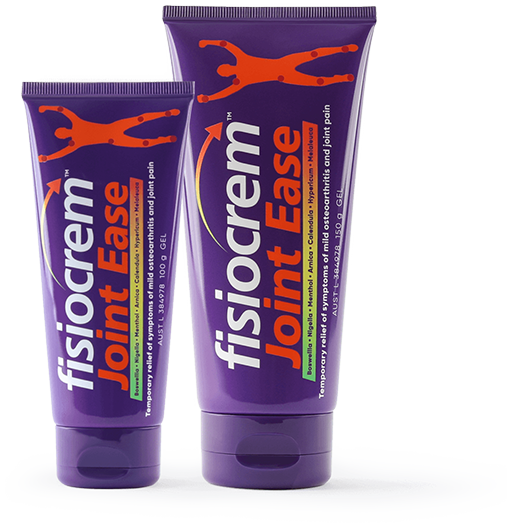
As winter arrives, managing mild arthritis and mild joint pain becomes a top priority for many. Understanding how cold weather affects mild arthritis symptoms and using proactive strategies can help reduce discomfort and make winter more comfortable.
Remember, fisiocrem is here to support you on your journey, providing topical relief when you need it most.
FAQs:
Why is mild arthritis worse in winter?
Cold weather can cause blood vessels to constrict, leading to increased joint stiffness and pain.
Does cold weather affect mild arthritis?
Yes, changes in temperature and barometric pressure can exacerbate symptoms of mild arthritis.
What are your top tips for dealing with mild arthritis pain in winter?
Stay warm, stay active, and consider incorporating topical pain relief gels like fisiocrem Joint Ease into your routine.
How to treat mild joint pain in the winter?
Focus on warmth, exercise, and topical remedies to alleviate discomfort and improve mobility.
Is mild arthritis worse in winter or summer?
While both seasons present challenges, many individuals report increased pain and stiffness during the colder months.
Citations
- Aikman, H. (1997). International Journal of Biometeorology, 40(4), 192–199.
- Cheung, S. S. (2015). Responses of the hands and feet to cold exposure. Temperature, 2(1), 105–120.
- Etzel, R. (1996). Phytomedicine, 3(1), 91-94.
- Jurca, T., Józsa, L., Suciu, R., Pallag, A., Marian, E., Bácskay, I., Muresan, M., Liana Stan, R., Cevei, M., Cioara, F., Vicas, L., Fehér, P. (2020). Molecules, 26(1).
- Kettunen, J. A., & Kujala, U. M. (2004). Scandinavian Journal of Medicine & Science in Sports, 14(3), 138–142.
- Iikuni, N., Nakajima, A., Inoue, E., Tanaka, E., Okamoto, H., Hara, M., Tomatsu, T., Kamatani, N., Yamanaka, H. (2007). Volume 46(5) 846-848.
- Mahboubi, M., Mohammad Taghizadeh Kashani, Leila., Mahboubi, M. (2018). Phytomedicine, 46, 69-77.
- Mori, H., Sawada, T., Nishiyama, S., Shimada, K., Tahara, K., Hayashi, H., Kato, E., Tago, M., Matsui, T., Tohma, S. (2019). BMC Musculoskeletal Disorders, 20(1).
- Wu, R.-Y., Pan, R.-H., Wu, C.-Y., Chan, C.-L., & Yeh, H.-J. (2022). BMC Musculoskeletal Disorders, 23(1).

